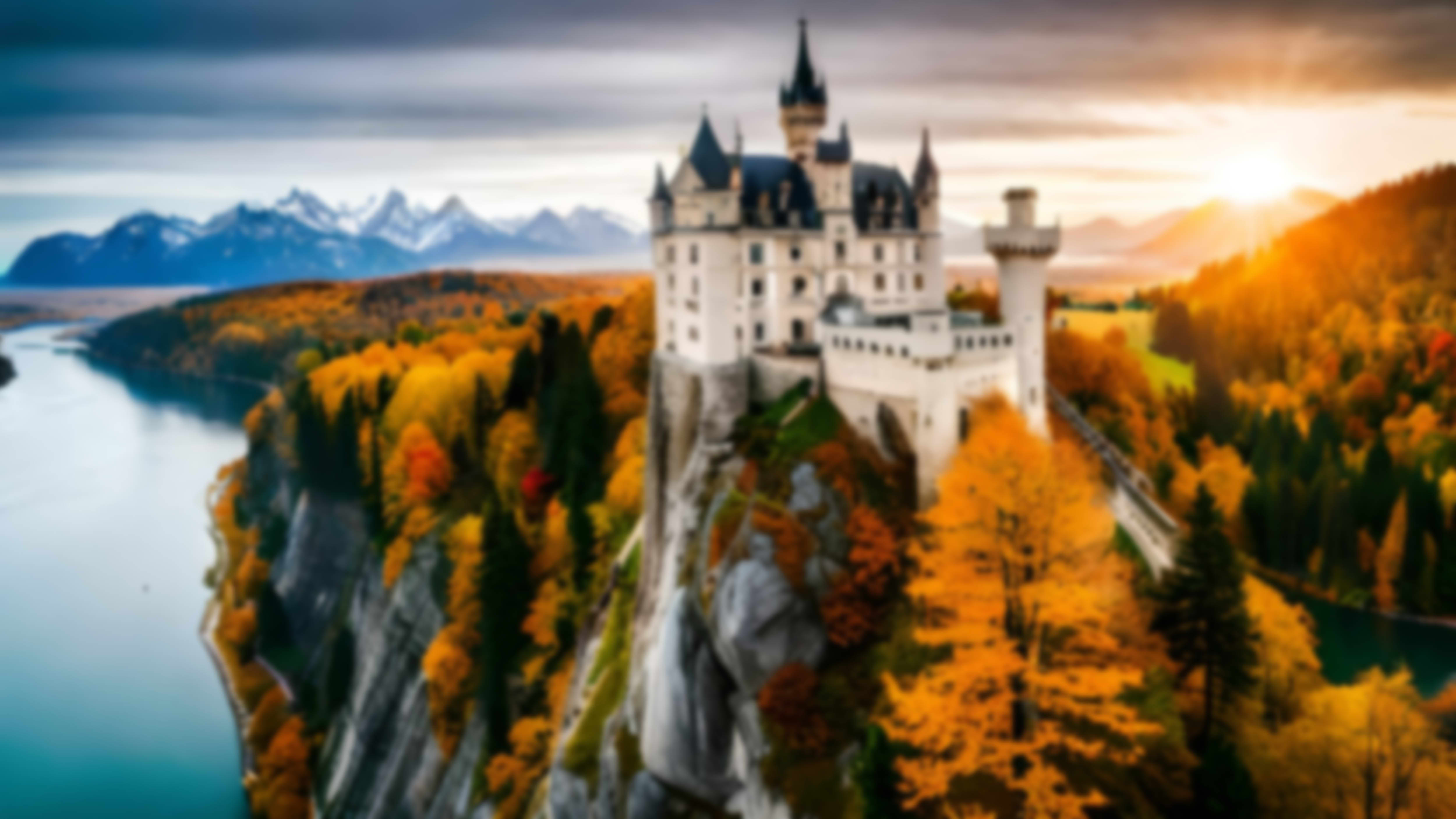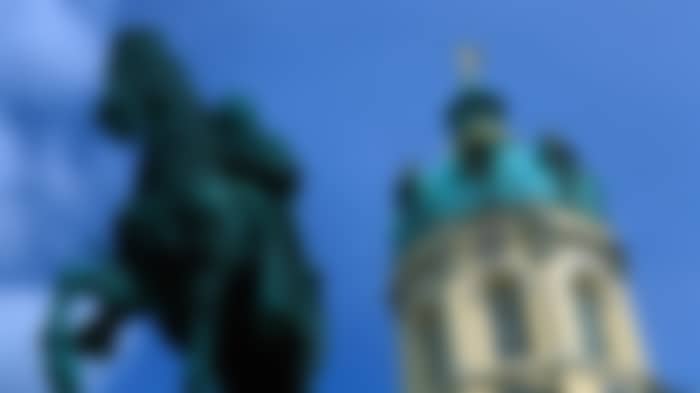About Germany
Germany wears its riches well: elegant big-city charm, small picture-postcard towns, pagan-inspired harvest festivals, a wealth of art and culture and the perennial pleasures of huge tracts of forest, delightful castles and fine wine and beer are all there for the savoring.
Explore Germany
Germany, Europe
What To See
Aachener Dom
It’s impossible to overestimate the significance of Aachen’s magnificent cathedral. The burial place of Charlemagne, it’s where more than 30 German kings were crowned and where pilgrims have flocked since the 12th century.
The oldest and most impressive section is Charlemagne’s palace chapel, the Pfalzkapelle, an outstanding example of Carolingian architecture. Completed in 800, the year of the emperor’s coronation, it’s an octagonal dome encircled by a 16-sided ambulatory supported by antique Italian pillars. The colossal brass chandelier was a gift from Emperor Friedrich Barbarossa during whose reign Charlemagne was canonized in 1165. Pilgrims have poured into town ever since that time, drawn in as much by the cult surrounding Charlemagne as by his prized relics: Christ’s loincloth when he was crucified, Mary's cloak, the clothes used for John the Baptist when he was beheaded and swaddling clothes from when Jesus was an infant. These are displayed once every seven years (next in 2014) and draw 100,000 or more faithful.
To accommodate these regular floods of the faithful, a Gothic choir was docked to the chapel in 1414 and filled with such priceless treasures as the pala d’oro, a gold-plated altar-front depicting Christ’s Passion, and the jewel-encrusted gilded copper pulpit, both fashioned in the 11th century. At the far end is the gilded shrine of Charlemagne that has held the emperor’s remains since 1215. In front, the equally fanciful shrine of St Mary shelters the cathedral’s four prized relics.
Unless you join a guided tour, you’ll barely catch a glimpse of Charlemagne’s white marble imperial throne in the upstairs gallery. Reached via six steps – just like King Solomon’s throne – it served as the coronation throne of those 30 German kings between 936 and 1531. The tours themselves are fascinating for the level of detail they reveal about the church. Before entering the church, stop by the new Dom Visitors Centre for info and tickets for tours and the Schatzkammer.
Schloss Neuschwanstein
Appearing through the mountaintops like a misty mirage is the world’s most famous castle, and the model for Disney’s citadel, fairy-tale Schloss Neuschwanstein.
King Ludwig II planned this castle himself, with the help of a stage designer rather than an architect, and it provides a fascinating glimpse into the king’s state of mind. Built as a romantic medieval castle, work started in 1869 and, like so many of Ludwig’s grand schemes, was never finished. For all the coffer-emptying sums spent on it, the king spent just over 170 days in residence.
Ludwig foresaw his showpiece palace as a giant stage on which to recreate the world of Germanic mythology in the operatic works of Richard Wagner. Its epicenter is the lavish Sängersaal (Minstrels’ Hall), created to feed the king’s obsession with Wagner and medieval knights. Wall frescos in the hall depict scenes from the opera Tannhäuser. Concerts are held here every September.
Other completed sections include Ludwig’s Tristan and Isolde–themed bedroom, dominated by a huge Gothic-style bed crowned with intricately carved cathedral-like spires; a gaudy artificial grotto (another allusion to Tannhäuser); and the Byzantine Thronsaal (Throne Room) with an incredible mosaic floor containing over two million stones. The painting on the wall opposite the (throneless) throne platform depicts another castle dreamed up by Ludwig that was never built. Almost every window provides tour-halting views across the plain below.
At the end of the tour visitors are treated to a 20-minute film on the castle and its creator, and there's a reasonably priced cafe and the inevitable gift shops.For the postcard view of Neuschwanstein and the plains beyond, walk 10 minutes up to Marienbrücke (Mary’s Bridge), which spans the spectacular Pöllat Gorge over a waterfall just above the castle. It’s said Ludwig liked to come here after dark to watch the candlelight radiating from the Sängersaal.
Brandenburger Tor & Pariser Platz
A symbol of division during the Cold War, the landmark Brandenburg Gate (Brandenburger Tor) now epitomizes German reunification and often serves as a photogenic backdrop for festivals, concerts and New Year Eve' parties. Carl Gotthard Langhans found inspiration in the Acropolis in Athens for the elegant triumphal arch, completed in 1791 as the royal city gate. It is crowned by the Quadriga, Johann Gottfried Schadow's sculpture of the winged goddess of victory piloting a chariot drawn by four horses. After trouncing Prussia in 1806, Napoleon kidnapped the lady and held her hostage in Paris until she was freed by a gallant Prussian general in 1815.The Brandenburg Gate stands sentinel over Pariser Platz, a harmoniously proportioned square once again framed by banks as well as the US, British and French embassies, just as it was during its 19th-century heyday.
Events
Germans love to party, and kick up their heels at everything from pagan harvest romps to black tie opera galas. The Winter Carnival (Fasching) season occurs throughout Germany, with big cities such as Cologne (Köln), Munich and Mainz erupting into commotion just before Ash Wednesday.
Germany's rich musical heritage is showcased in a plethora of festivals. Some towns concentrate on a particular composer, such as the Thuringian Bach Festival in Erfurt in March or the Richard Wagner Festival in Bayreuth each July, whereas others focus on a particular style. The jazz festivals in Stuttgart (July) and Berlin (early November) are lively and popular.
Autumn is a great time for harvest-inspired mayhem, especially in the Rhineland, where the five Rhine in Flames extravaganzas feature barges laden with fireworks. Mention must be made of Oktoberfest, Munich's annual lager frenzy, but it's a bit like being stuck in an endless soccer crowd and is more an example of mass tourism catering to the lowest liquid denominator than a display of German culture. Christmas markets, with their twinkling lights and steaming mulled wine (Glüwein) are embraced wholeheartedly by German families; they occur in Frankfurt, Munich, Nuremberg, Lübeck, Berlin, Münster, Heidelberg, Rüdesheim and Stuttgart, amongst other places.
Health and Safety
Germany is a very safe country in which to live and travel, with crime rates that are quite low by international standards. Theft and other crimes against travelers occur rarely. Of course, you should still take all the usual sensible precautions, such as locking hotel rooms and cars, not leaving valuables unattended, keeping an eye out for pickpockets in crowded places and not taking midnight strolls in city parks. Many hostels provide lockers, but you need your own padlock. Train stations tend to be magnets for the destitute and drug dependent who might harass you or make you feel otherwise uncomfortable, especially if you are in the area at night.
In big cities, especially Berlin, large-scale political protests and demonstrations are quite common. Despite a high police presence, these can turn rowdy or violent on rare occasions, so it's best to stay away from them altogether. Police are also very visible on game days of soccer matches to prevent clashes between fans of rival teams. Always avoid groups of intoxicated hooligans, as many belong to neo-Nazi and skinhead organizations and are erratic, unpredictable and often violent. Although they do not target tourists, innocent bystanders they perceive as 'foreign looking' or as members of rivalling left-wing groups could potentially be harassed. If you do find yourself in a threatening situation, try not to provoke these aggressors, get away from the scene as fast as possible and notify the police.
When to Go
Germany is a fine destination year-round, but most people visit between May and September when sunny skies are most likely and much of life moves outdoors. Beer gardens and cafes bustle at all hours; outdoor events and festivals enliven cities and villages; and hiking, cycling and swimming (in lakes or pools) are popular pursuits - at least as long as the weather plays along. Remember that rain is a possibility in any month. The flipside of summer travel is, of course, larger crowds at museums and other attractions and traffic jams at places such as Lake Constance. Accommodation needn't be hard to come by unless you're drawn to beach and mountain resorts popular with German holiday-makers.
The shoulder seasons (from March to May and from October to early November) bring fewer tourists, lower accommodation prices and often surprisingly pleasant weather. In April and May, when flowers and fruit trees are in bloom, it can be mild and sunny. Indian summers that stretch well into autumn are not uncommon.
With the exception of winter sports, activities between November and early March are likely to focus more on culture and city life. In these months, skies tend to be gloomy and the mercury often drops below freezing. On the plus side, there are fewer visitors and shorter queues (except in the winter resorts). Just pack the right clothes and keep in mind that there are only six to eight hours of daylight. In December the sun (if there is any) sets around 15:30.
Germany is not prey to dramatic climatic extremes, although there are regional differences. The most reliably good weather is from May to October, with high summer a good bet for mid 20°C (low 70°F) shorts-and-t-shirt conditions, even in the north. Autumn is a good time to visit Germany. As the tourist scrum disperses and the forests turn golden, it's not too stifling to be active but still warm enough to leave you thirsty for a few well-deserved steins. Winter is frosty and wet, especially in the south, with snow rarely settling for long except in the high country.
Entry Requirements
Most EU citizens only need their national identity card or passport to enter, stay and work in Germany. Americans, Australians, Canadians, New Zealanders, Poles, Swiss, Japanese and Israelis just need a valid passport (no visa) to enter Germany as tourists. Passports should be valid for at least another four months from the planned date of departure from Germany.
Nationals from most other countries need a so-called Schengen visa. Applications for this visa must be filed with the embassy or consulate of the country that is your primary destination in Europe. It is valid for up to 90 days.
Please contact the German consulate for up-to-date information on travel document requirements.
Money
Euro
Getting Around
The main arrival/departure points for flights in Germany are Frankfurt-am-Main, Munich and Düsseldorf. Frankfurt is Europe's busiest airport after Heathrow. An airport departure tax is included in ticket prices. Thanks to the spread of low-cost airlines, it is now often cheaper to fly to Germany from around Europe than to take the train. While train travel is often more expensive than catching a bus, it's generally faster, more comfortable (particularly for overnight travel) and more efficient. Germany is served by an excellent highway system connected to the rest of Western Europe. Roads from Eastern Europe are being upgraded but some border crossings are a little slow, especially from Poland. To enter Germany with a car or motorbike, you must have third-party insurance. Ferries run between Germany's northern coast and Scandinavia and the UK.
Getting around Germany is easy. Domestic air travel is extensive but unless you're in an awful hurry, you might as well save your money - the German train network is wonderful. The eastern and western train systems have now been fully merged. Numerous fares and ticket passes, including Eurailpass and GermanRail Pass are available. There is usually a surcharge for the InterCity Express (ICE) trains but it's worth it to travel 300km/h (190mph) through the German countryside. Forget about buses until you're in train-unfriendly terrain.
German roads are excellent, and motorized transport can be a great way to tour the country, although most towns have problems with car-parking. The national and (in)famous motorway network known as autobahnen can be wonderful - or it can be a nightmare: speed-of-light Porsches and BMWs looming monster-size and impatient in your rear-view mirror are one factor, soul-destroying traffic jams are another. Technically there is no general speed limit on the autobahnen, but, in an effort to increase safety and curb noise pollution, many segments have speed limits ranging from 100km/hr (62mph) to 130km/hr (80mph). On other parts of the autobahn system, high performance sports cars will pass you in excess of 250 kmh (155mph). Be careful!
Bicycle touring in Germany is very popular. There are often separate cycling routes in the cities, towns and in the countryside, but cycling on the autobahnen is strictly verboten. Helmets are recommended, but not mandatory.
Most German towns have efficient public transport systems. Bigger cities, such as Berlin and Munich, integrate buses, trams and rail into a single network.
Travel Tips & Tools
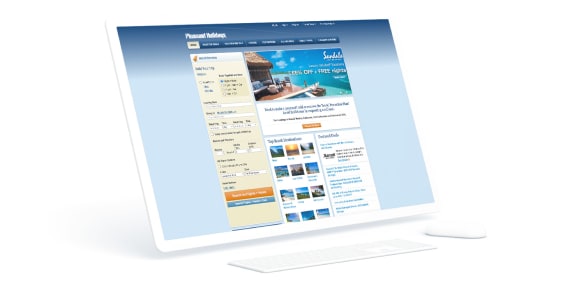
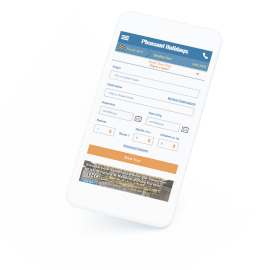
You will be transferred to our traditional site.
We are currently working on enhancements to this part of our website. A new version will be available soon. Don’t worry – switching over will not interrupt your booking.
Welcome to the all-new Pleasant Holidays booking experience !
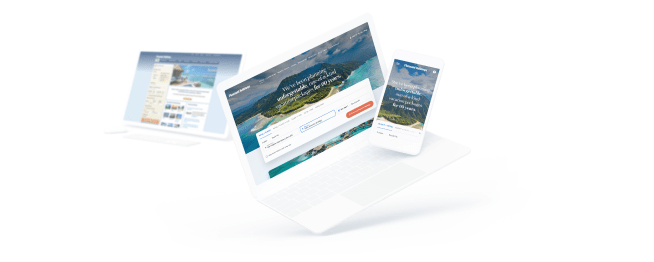
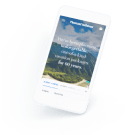
You can now plan your next vacation with our exciting new booking engine. Some advanced features are still being developed, and selecting these options may require you to return to our traditional booking experience. Don’t worry – switching over will not interrupt your booking.
We've updated your online experience to make sure you can get your dream vacation. Since our makeover is still in progress, you may experience shifts from our traditional booking experience to our new one.
Contact us
Any questions ?
Our travel advisors will be happy to help!




